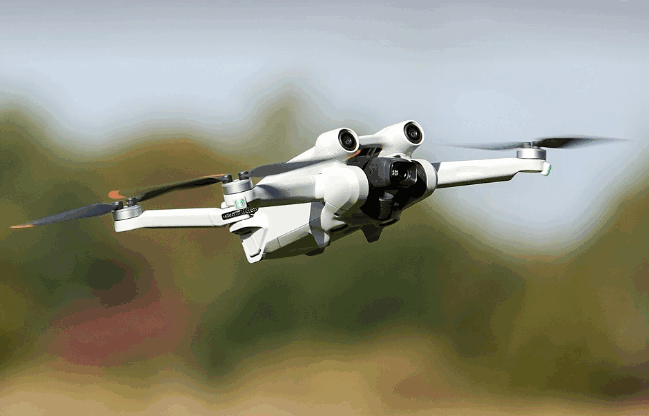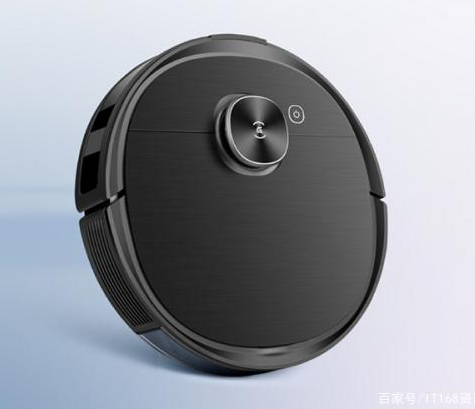How to Protect Privacy in a Smart Home Camera
Oct 18, 2024
In the digital age with the rapid development of technology, Intelligence home cameras have become one of the must-have devices for more and more families. These surveillance camera lenses, like CCTV lenses, can directly watch everything in the monitored place through remote control cameras and their auxiliary devices (lenses, gimbal, etc.), providing peace of mind and convenience. However, with the wide application of smart home cameras, privacy and security issues have gradually attracted people's attention. This article will explore the issue of cracking the privacy of smart home cameras and provide some suggestions for protecting personal privacy.
First, to understand the privacy risks of smart home cameras, we need to recognize how these cameras work. Intelligent machine camera lenses typically work by connecting to a home network and interacting with devices such as a phone or computer. While this connection brings convenience in many ways, there are latent risks. Hackers, malicious software or system vulnerabilities could allow criminals to remotely access your camera and snoop into your private life.
The first step in protecting the privacy of your smart home camera is ensuring your home cyber security. You can enhance the security of your webcam camera lens by taking the following steps:
Update device software: Regularly check your smart home device for the latest software updates. These updates often contain security patches that fix known vulnerabilities.
Strong Password Settings: Setting a strong password for your home webcam camera lens is an essential step in protecting your privacy. Make sure the password is complex and hard to guess, preferably containing letters, numbers, and special characters.
Secure Network Configuration: Use an encrypted Wi-Fi network and enable a network firewall. Additionally, turn off unwanted network services and ports to reduce potential attacks.
In addition to cyber security, the following measures can be taken to protect the privacy of smart home cameras:
Periodically check camera permissions: Review the permissions settings for camera-related apps on your phone or computer. Make sure only trusted apps can access the camera, and place restrictions on other apps.
Physical location: When installing security camera lenses, choose the placement carefully to ensure that you cannot spy on your private area at will. In addition, avoid installing the camera in places that need to protect personal privacy, such as bedrooms or bathrooms.
Privacy Mode: If you don't need real-time monitoring, you can set the camera to privacy mode, or only turn it on when needed. This can reduce the risk of camera abuse.
In conclusion, protecting the privacy of smart home cameras is essential for personal security and privacy. By strengthening cyber security and taking necessary precautions, we can better protect ourselves against potential privacy violations. Only by ensuring that personal privacy is properly protected can we take full advantage of the convenience these smart home devices bring.

